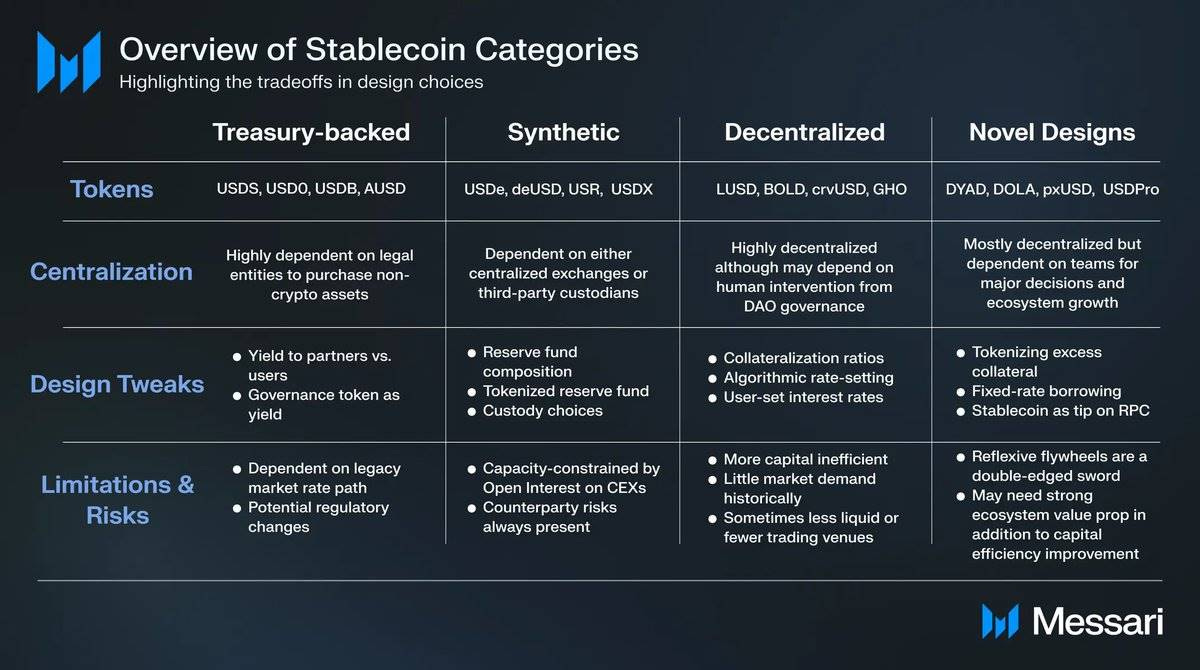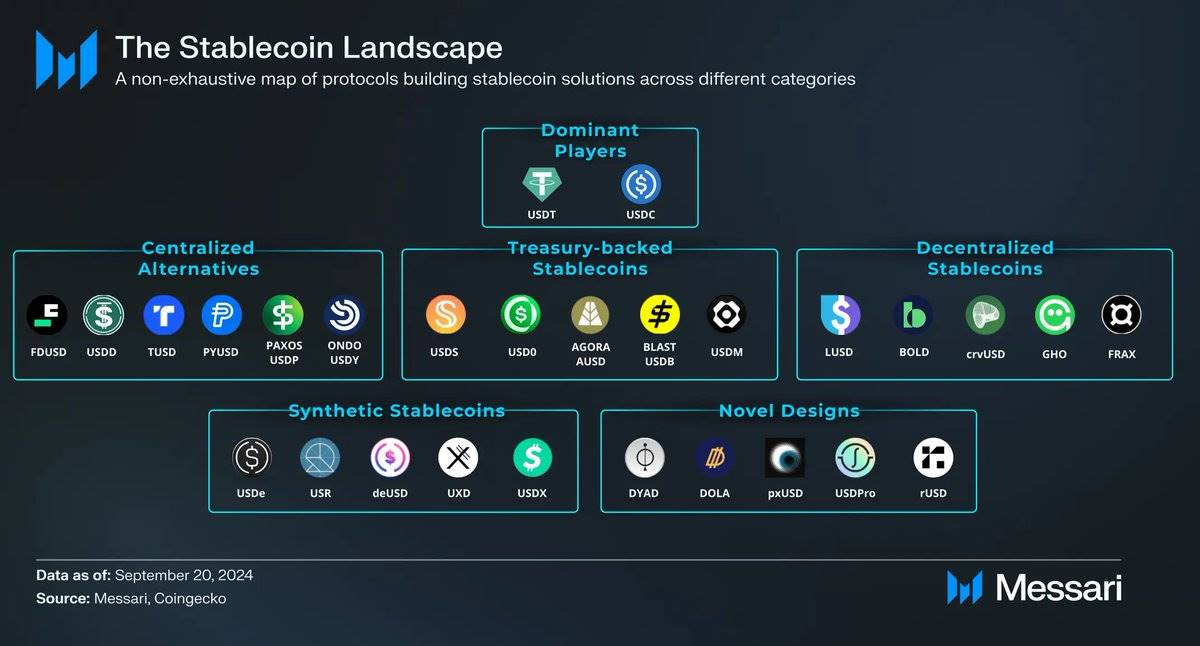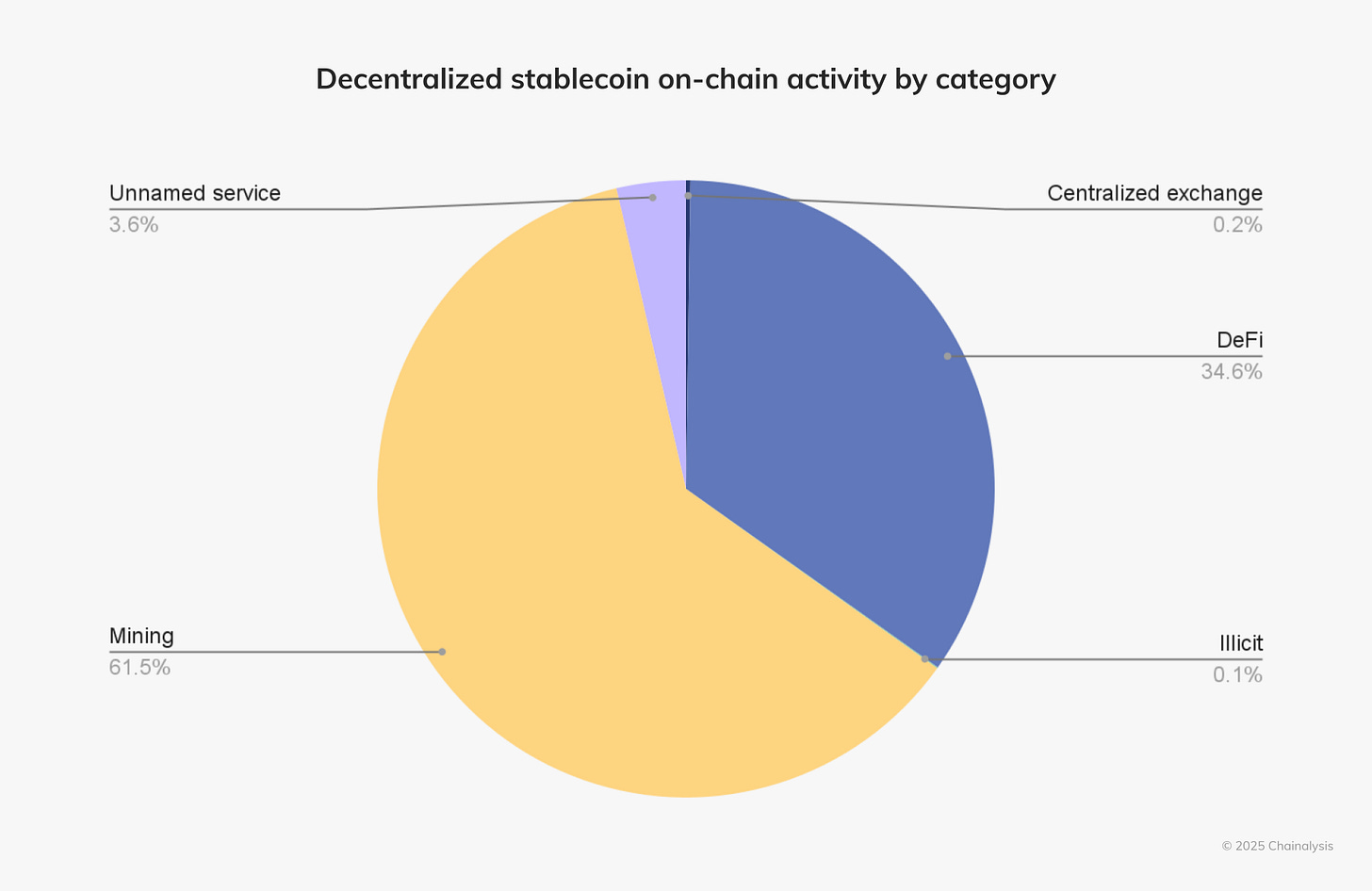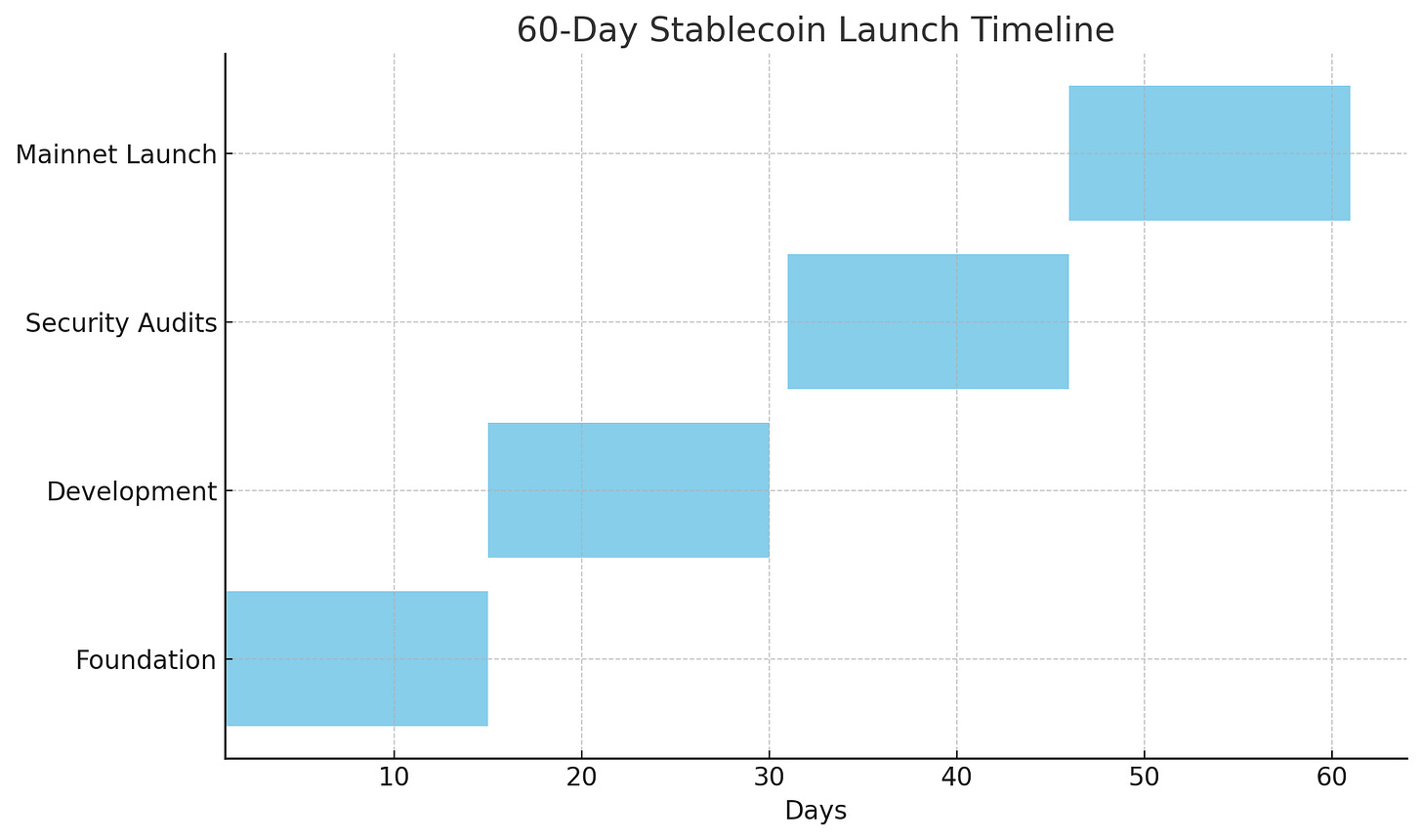A Step-by-Step Guide to Launching Your Own Stablecoin (Templates Inside)
Learn how to create a stablecoin in 2025 with our comprehensive guide covering smart contracts, regulatory compliance, and launch strategies for crypto entrepreneurs
The stablecoin market has just reached $293 billion, and small teams are launching tokens that achieve a $50 million circulation within months. What once required corporate boardrooms and massive budgets now takes the right templates, regulatory knowledge, and smart execution.
Ready to issue your first stablecoin? The barriers have crumbled.
Consider this: small teams are launching yield-bearing stablecoins and achieving $50 million in circulation within months. The barriers that once kept stablecoin issuance locked away in corporate boardrooms have crumbled. New regulations, improved infrastructure, and proven templates enable you to go from idea to deployed token faster than ever.
This guide walks you through everything: choosing your collateral model, coding smart contracts, handling compliance, and scaling to real volume. By the end, you'll have templates for tokenomics, contract code, and a clear roadmap from conception to mainnet launch.
The Stablecoin Surge: Why Now Is Your Moment
The numbers tell the story. The stablecoin market cap hit $200 billion in late 2024, with asset manager Bitwise projecting growth to $400 billion in 2025. That’s not just growth, it’s an explosion powered by everything from cross-border remittances to DeFi yield farming.
The market reached $251.7 billion by mid-2025, with adoption accelerating across global payment systems. Stablecoins peg to assets like USD for stability, using models ranging from fiat-backed reserves to algorithmic mechanisms, all deployed across chains like Ethereum, Solana, and emerging Layer 2 solutions.
What makes 2025 different? The GENIUS Act, signed into law by President Trump on July 18, 2025, opened the floodgates for compliant stablecoin issuance. This landmark legislation created the first major crypto regulatory framework in the United States, establishing licensing requirements and standards for both domestic and foreign stablecoin issuers.
The regulatory clarity means yields up to 8% annually are now possible for compliant issuers. Meanwhile, infrastructure improvements have made launching a stablecoin as straightforward as deploying any other ERC-20 token, if you know the right steps.
Why Launch a Stablecoin in 2025?
Real founders are already proving this works. According to social media, some community accounts claim that a developer rebuilt his algorithmic stablecoin with hybrid collateralization after the Terra collapse. His second attempt? Steady growth to $25 million market cap within six months, powered by conservative over-collateralization and Chainlink oracle feeds, although records are not public/fully confirmed.
The opportunities are massive and include:
Cross-Border Payments: Traditional remittances take days and cost 6-8% in fees. Stablecoins settle in minutes for pennies.
DeFi Integration: Every new protocol needs stable liquidity. Launch with built-in yield mechanisms and watch DeFi protocols integrate your token for their treasury operations.
Treasury Management: Companies are tired of holding cash that earns nothing. Compliant stablecoins can offer 4-8% yields while maintaining liquidity.
AI Integration: Smart stablecoins with AI-driven rebalancing are the next frontier. Automated collateral management based on market conditions could revolutionize stability mechanisms.
Waz, founder of CanHav, launched a multi-pegged stablecoin that was featured at Consensus 2025. Here, he demonstrated how innovative approaches to stability are gaining mainstream attention in the crypto space.
The regulatory environment has shifted dramatically. The GENIUS Act prohibits anyone other than "permitted payment stablecoin issuers" from issuing stablecoins in the U.S. but provides clear pathways through dual federal and state licensing. This clarity eliminated the regulatory uncertainty that held back many potential issuers.
Understanding Stablecoin Issuance Models
Choosing your stability model determines everything else about your launch. Each approach has distinct tradeoffs in decentralization, regulatory compliance, and yield potential. Now, for newbies, let’s break down the types of Stablecoin Issuance Models using this very detailed Layered Market Map and Practical Guide.
Fiat-Collateralized: The USDC Path
This is the simplest model to understand and regulate. Every token issued is backed 1:1 by USD held in regulated banks. Circle's USDC pioneered this approach, and USDC nears $61 billion supply in 2025 as institutional demand continues growing.
Pros: Full regulatory compliance, instant redemption, minimal technical complexity.
Cons: Centralization risks, custody costs, and banking relationship requirements.
Perfect for: Projects targeting institutional users, regulated entities, or anyone prioritizing regulatory clarity over decentralization.
Crypto-Collateralized: The DAI Model
Crypto-collateralized stablecoins represent a more decentralized approach where cryptocurrency assets serve as backing collateral, typically requiring over-collateralization to account for crypto market volatility.
MakerDAO's DAI proved that crypto assets can back stablecoins through over-collateralization. Users lock ETH or other crypto assets worth 150% of their DAI mint, creating a buffer against volatility.
Pros: Decentralized, transparent on-chain, composable with DeFi protocols.
Cons: Capital inefficient, vulnerable to crypto market crashes, and complex liquidation mechanisms.
Perfect for: DeFi-native projects, developers who prioritize decentralization, and protocols that need deep DeFi integration.
Algorithmic: The Terra Lessons
Algorithmic stablecoins attempt to maintain price stability through economic mechanisms and smart contract logic rather than traditional collateral backing.
Pure algorithmic stablecoins like Terra’s UST attempted to maintain pegs through token economics alone, expanding supply when the price rises above $1, contracting when it falls below. Terra’s spectacular collapse taught the industry hard lessons about algorithmic stability.
Pros: No collateral required, theoretically infinite scalability, pure market-driven pricing.
Cons: Vulnerable to death spirals, untested at scale, and regulatory skepticism.
Most projects now avoid pure algorithmic models, instead choosing hybrid approaches that combine algorithms with partial collateralization.
Hybrid Models: The 2025 Winner
Over 60% of new stablecoins in 2024-2025 use hybrid models that combine multiple stability mechanisms. These might use 80% fiat backing with 20% algorithmic adjustment, or crypto collateral with algorithmic rebalancing.
Pros: Diversified risk, flexible yield generation, and regulatory compliance with DeFi benefits.
Cons: Complex to implement, multiple failure points, and harder to audit.
Perfect for sophisticated teams that want the best of all approaches while managing risks through diversification.
Choosing Your Model:
Match your model to your goals. Targeting US institutional users? Go fiat-collateralized for regulatory ease. Building the next DeFi primitive? Crypto-collateralized offers the composability you need. Want to pioneer AI-driven yield optimization? Hybrid models provide the flexibility for innovation.
Step-by-Step Guide to Launching Your Stablecoin
The $200B+ stablecoin market explosion creates massive opportunities for teams that launch strategically. Here's your complete roadmap from concept to circulation.
Step 1: Define Your Objectives
Start with the fundamentals that will guide every technical and business decision.
Peg Target: Most projects choose 1:1 USD, but consider alternatives like EUR for European markets or baskets of currencies for global applications. Some projects are experimenting with inflation-adjusted pegs or commodity baskets.
Over 60% of new stablecoins in 2024-2025 use hybrid models that combine multiple stability mechanisms. These might use 80% fiat backing with 20% algorithmic adjustment, or crypto collateral with algorithmic rebalancing.
Use Cases: Be specific. "Cross-border payments for Southeast Asia" beats "general payments." "Yield-bearing treasury tokens for DAOs" is better than "DeFi integration."
Template Resource: Study Compound's tokenomics documentation for supply curve modeling and OpenZeppelin's ERC20 contracts for smart contract foundations.
Step 2: Choose Your Blockchain
Your chain choice affects everything from transaction costs to available integrations.
Ethereum: Maximum security and DeFi compatibility, but high gas costs. Perfect for high-value institutional use cases. Current gas costs make small transactions expensive, but Layer 2 solutions are improving this rapidly.
Solana: Ultra-fast and cheap transactions, growing DeFi ecosystem. Ideal for high-frequency payment applications. Sub-second finality makes it perfect for real-time applications
Layer 2 Solutions: Base, Arbitrum, and Polygon offer Ethereum security with sub-cent fees. Base has gained traction for stablecoin launches in 2025.
Multi-Chain Strategy: Many successful projects launch on Ethereum for institutional credibility, then bridge to cheaper chains for everyday use.
Step 3: Smart Contract Development
Your smart contracts are the foundation of your entire system. Here's the essential architecture:
Key components include:
ERC-20 token standard compliance
Minting and burning mechanisms
Oracle price feed integration
Circuit breaker implementations
Access control and governance
Use Chainlink Price Feeds for reliable pricing data and implement multiple oracle sources for redundancy.
Step 4: Regulatory Compliance and Reserves
The GENIUS Act creates clear requirements for stablecoin issuers, making compliance more straightforward than ever.
Reserve Management: For fiat-backed tokens, partner with regulated custodians. Circle's API simplifies reserve management and provides compliance infrastructure.
KYC/AML: Services like SumSub handle identity verification and ongoing compliance monitoring.
Licensing Requirements: The GENIUS Act provides dual federal and state licensing pathways for permitted payment stablecoin issuers. Work with crypto-specialized law firms to navigate the application process.
Step 5: Infrastructure Integration
Your stablecoin needs to connect with wallets, exchanges, and DeFi protocols from day one.
Wallet Integration: MetaMask support is essential. Most wallet providers automatically support standard ERC-20 tokens.
DEX Listings: Uniswap provides instant liquidity through automated market makers. Seed initial pools with 50-100K tokens and matching collateral.
DeFi Yield Integration: Partner with lending protocols like Aave or Compound to offer native yield generation.
Step 6: Testing and Security
Never skip security audits. The cost is minimal compared to potential exploit losses.
Testnet Deployment: Test thoroughly on Sepolia or your chosen chain's testnet. Run stress tests with large mint/burn operations and oracle price manipulation scenarios.
Security Audits: Certik and OpenZeppelin are industry standards. Budget $15-50K for comprehensive audits.
Bug Bounty Programs: Immunefi hosts bug bounty programs that can catch issues missed by formal audits.
Common Pitfalls to Avoid
Depeg Prevention: Implement circuit breakers that halt operations when the price moves >3% from the target. Monitor collateralization ratios obsessively.
Oracle Manipulation: Use multiple price feeds and time-weighted averages. Never rely on a single oracle source.
Liquidity Management: Maintain deep liquidity across multiple DEXs. Thin liquidity makes your token vulnerable to manipulation.
Regulatory Compliance: Don't try to navigate the GENIUS Act requirements alone. The regulatory landscape is complex and evolving.
Ready for the practical tools that make implementation faster? The next section covers templates, tools, and real-world case studies.
Exclusive Templates and Tools
Skip months of development time with battle-tested resources from successful launches.
Ready-to-Use Development Resources
Smart Contract Templates: OpenZeppelin's ERC20 contracts provide battle-tested foundations for token development, including access control and security features.
Tokenomics Modeling: Study Compound's governance token economics for supply curve modeling and MakerDAO's stability fee mechanisms for yield calculations.
We've analyzed dozens of stablecoin launch guides so you don't have to. Here are some more top resources that you can check out:
MakerDAO's Multi-Collateral DAI Documentation - comprehensive crypto-collateralized model
Frax Protocol Documentation - hybrid model that balances algorithmic and collateralized approaches
Competitive Edge: Models That Win in 2025
Smart positioning determines whether your stablecoin gains traction or gets lost in a crowded market. Here's how successful launches are differentiating themselves.
Strategic Model Selection
Fiat-Backed for Trust and Institutions: If you're targeting regulated entities or institutional treasuries, fiat backing remains king. USDC’s growth to nearly $61 billion shows institutions still prefer the regulatory clarity and instant redemption of fiat backing.
Hybrid for Yield Generation: The highest-performing 2025 launches combine fiat stability with crypto yield generation. These models offer 6-12% yields in bull markets while maintaining 80%+ fiat backing for stability.
Crypto-Collateralized for DeFi Integration: Pure crypto backing like DAI remains dominant for DeFi protocols that need maximum composability and decentralization.
Competitive Analysis
USDT vs USDC vs DAI: The big three teach different lessons. Tether's USDT leads in volume despite transparency concerns. USDC dominates institutional adoption with full regulatory compliance. DAI owns DeFi composability with the deepest protocol integrations. USDC leads in volume, but DAI owns DeFi composability. Your positioning depends on your target market; institutional users prefer regulatory compliance, while DeFi protocols prioritize permissionless integration.
Emerging Hybrid Winners: Projects like FRAX and Liquity's LUSD prove hybrid models can capture market share by offering unique value propositions. FRAX's partial algorithmic backing creates yield opportunities while maintaining stability.
Trader Sentiment: Hybrids Are the Play
Conversations across Crypto Twitter and DeFi Discord communities consistently point to hybrid tokenomics as the winning strategy. The reasoning is this: pure models have known weaknesses, but hybrids can adapt to market conditions.
Differentiation Strategies That Work
Geographic Focus: Several successful 2025 launches target specific regions. Latin American remittances, Southeast Asian commerce, or African mobile payments offer less competition than generic "global payment" positioning.
Sector Specialization: Gaming tokens, creator economy payments, or carbon credit stablecoins serve specific needs better than general-purpose alternatives.
Yield Innovation: AI-driven collateral optimization, automated rebalancing between yield strategies, or integration with traditional finance yields create compelling value propositions.
The competitive landscape rewards specialization over generalization. Generic stablecoins struggle for adoption, but focused solutions for specific markets can achieve rapid growth.
Risks, Real Talk, and 2026 Outlook
Successful stablecoin launches require honest assessment of risks alongside optimistic market potential.
Real Risk Assessment
Depeg Events: Even well-designed stablecoins face depeg pressure during market stress. The 2022 Terra collapse reminded everyone that stability isn't guaranteed. Mitigate with 200% over-collateralization buffers and multi-oracle price feeds.
Regulatory Changes: While the GENIUS Act provides clarity, stablecoin issuers must maintain technical capability to seize, freeze, or burn tokens when legally required. Build these controls into your architecture from day one.
Smart Contract Risks: Audit gaps have caused millions in losses. Budget appropriately for comprehensive security audits and maintain bug bounty programs for ongoing security.
Liquidity Crises: Thin liquidity makes stablecoins vulnerable to manipulation. Maintain deep liquidity across multiple DEXs and establish market maker relationships.
Market Outlook: Bullish but Cautious
Growth Projections: Asset managers project the stablecoin market could double to $400 billion in 2025, driven by institutional adoption and regulatory clarity.
AI Integration Boom: Automated collateral management and AI-driven stability mechanisms could boost yields 20% above current levels while improving peg maintenance.
Regulatory Expansion: Hong Kong’s Stablecoin Ordinance, passed in May 2025, signals global regulatory frameworks are solidifying, reducing compliance uncertainty.
Infrastructure Maturation: Layer 2 scaling solutions, improved oracle networks, and institutional custody infrastructure make 2025 launches significantly easier than previous years.
Even in worst-case scenarios, compliant stablecoins maintain advantages over purely algorithmic alternatives. Regulatory compliance provides a moat against enforcement action, while proper collateralization buffers against market volatility.
The key risk isn't market downturns—it's launching without proper preparation. Rushed launches with inadequate security audits or regulatory shortcuts consistently fail.
Ready for your action plan? Now let’s get into that.
Your Action Plan: Launch and Scale
Transform your research into results with this proven implementation roadmap.
60-Day Sprint Timeline
Days 1-14: Foundation
1. Define your peg target and use case with the tokenomics modeling sheet
2. Choose your blockchain based on user base and cost requirements
3. Assemble your development team or identify technical partners
Days 15-30: Development
4. Deploy smart contracts on testnet using provided boilerplates
5. Integrate Chainlink oracles and implement circuit breakers.
6. Begin regulatory compliance process and reserve arrangements
Days 31-45: Security and Testing
7. Complete comprehensive security audits with Certik or OpenZeppelin
8. Run stress tests on Sepolia testnet with large transactions
9. Launch bug bounty program and address any discovered issues
Days 46-60: Launch and Growth
10. Deploy to mainnet with initial liquidity seeding
11. List on Uniswap and establish market maker relationships
12. Execute marketing strategy through Twitter AMAs and DeFi community engagement
Essential Resources for Success
Technical Infrastructure:
Join developer communities like Ethereum Magicians for technical discussions and peer support
Test implementations on testnets like Sepolia for comprehensive testing before mainnet deployment
Monitor stablecoin trading volumes on DeFiLlama to track market trends and adoption patterns
Compliance and Legal:
Partner with crypto-specialized law firms familiar with GENIUS Act requirements
Establish relationships with regulated custodians for reserve management
Implement KYC/AML procedures through established providers like SumSub
Marketing and Adoption:
Build relationships with DeFi protocols for early integration partnerships
Engage with treasury management DAOs as potential early adopters
Create educational content explaining your unique value proposition
Success Metrics to Track
Month 1 Targets:
1M+ tokens in circulation
Stable peg within 1% of target price
Integration with at least 3 DeFi protocols
Month 6 Goals:
50M+ market cap
Listed on major DEXs with deep liquidity
Established yield generation above 4% annually.
Share your chosen stability model in the comments: whether fiat-backed for regulatory clarity, crypto-collateralized for DeFi integration, or hybrid for maximum flexibility? Let us know in the comments!
Power Up Your Crypto Future
Stablecoins represent DeFi's stable foundation, the infrastructure that makes everything else possible. While other crypto assets swing with speculation, stablecoins enable real-world utility from cross-border payments to treasury management.
The combination of regulatory clarity through the GENIUS Act, mature technical infrastructure, and explosive market growth creates a unique window for new entrants. Teams that launch thoughtfully in 2025 position themselves for the next phase of crypto adoption.
The templates, frameworks, and strategies in this guide eliminate months of research and development time. However, the real advantage lies in execution, transforming these resources into a launched, growing stablecoin that meets real user needs.
Miss this opportunity, and watch others capture the yields and market share while regulatory windows narrow and competition intensifies.
The stablecoin space evolves rapidly, and staying ahead requires ongoing education. Subscribe to our newsletter and join our beta waitlist at CanHav.com for exclusive guides on stablecoin yield optimization, crypto startup strategies, and AI integration techniques. Get template updates, regulatory analysis, and market insights delivered directly to your inbox.
Ready to start building the future of stable value? Your launch journey starts now!




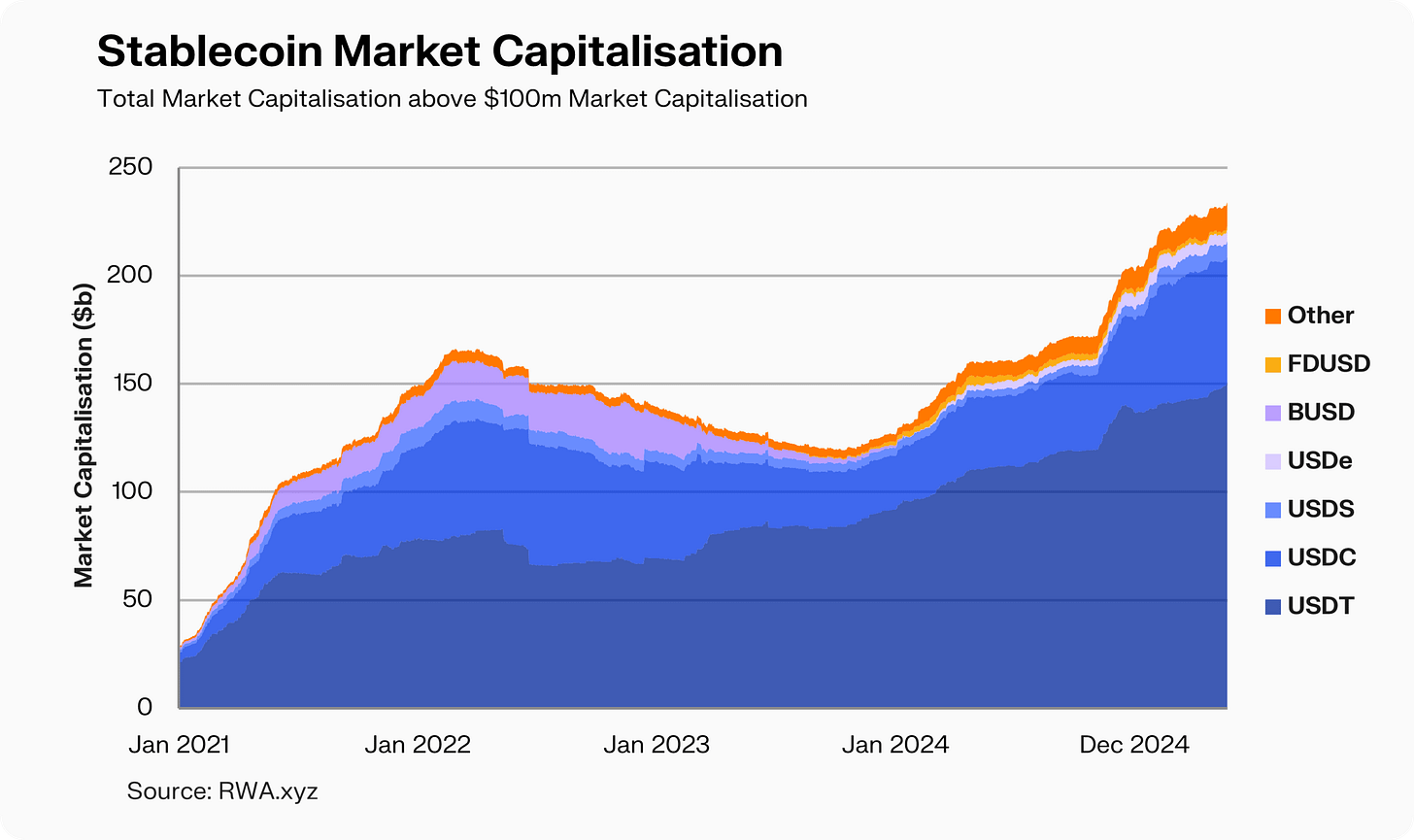
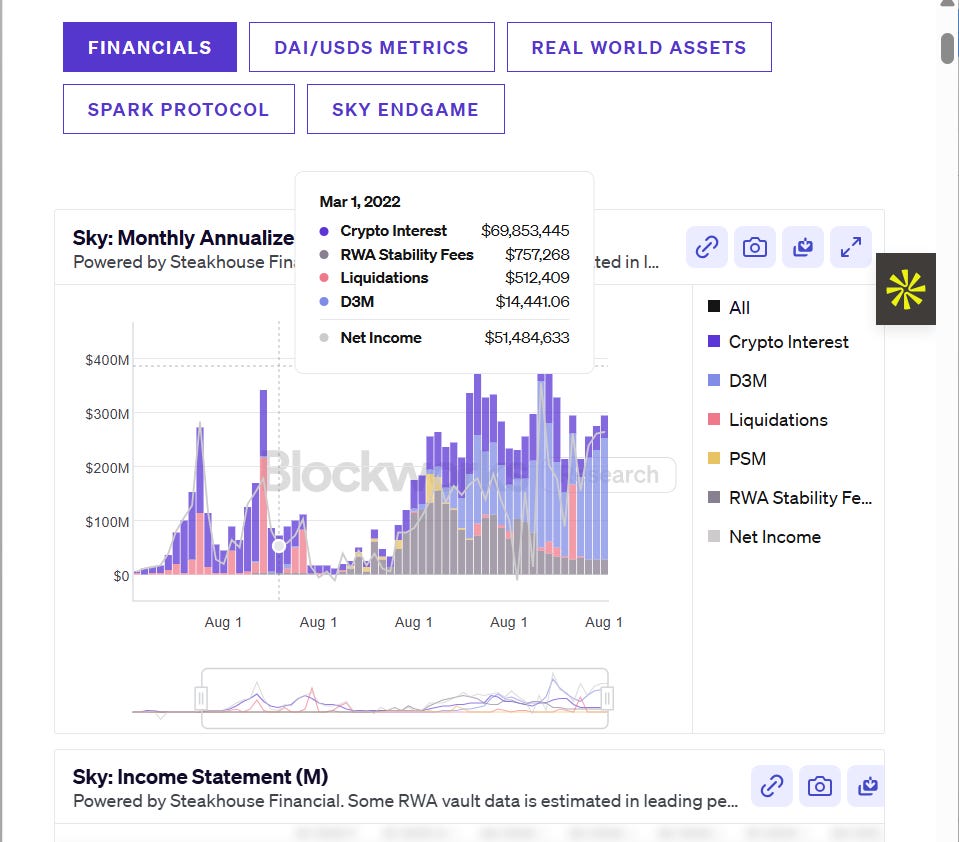
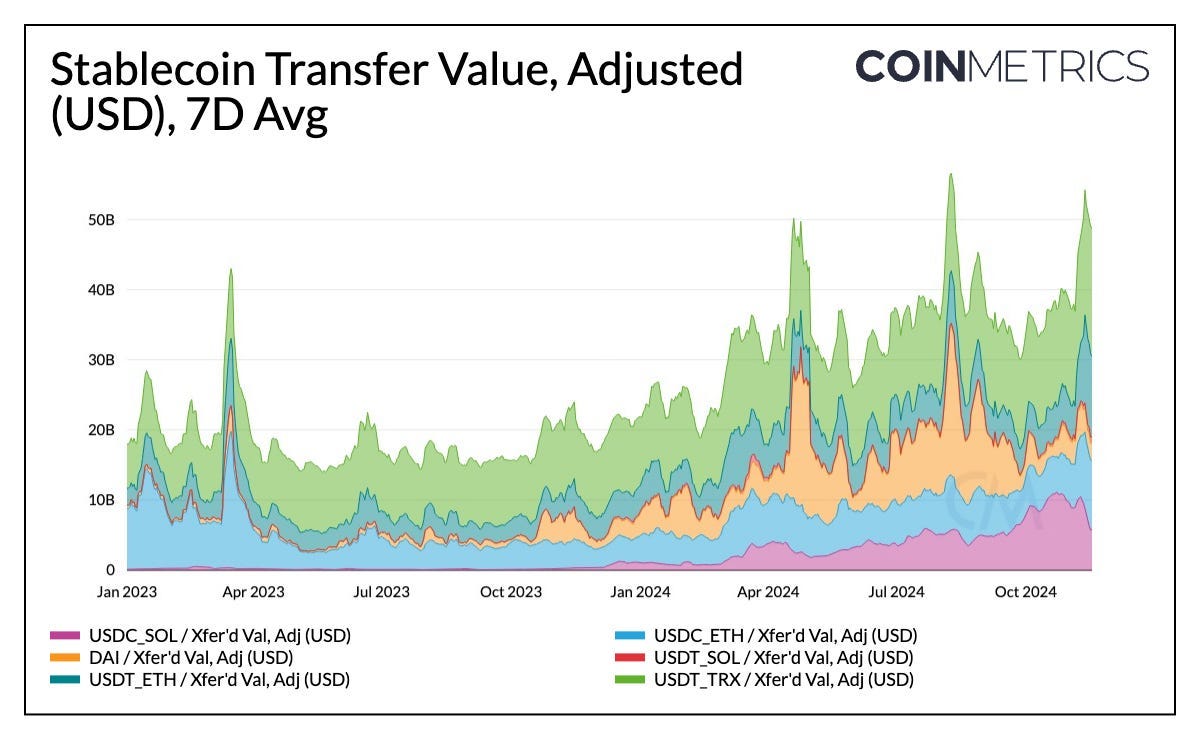
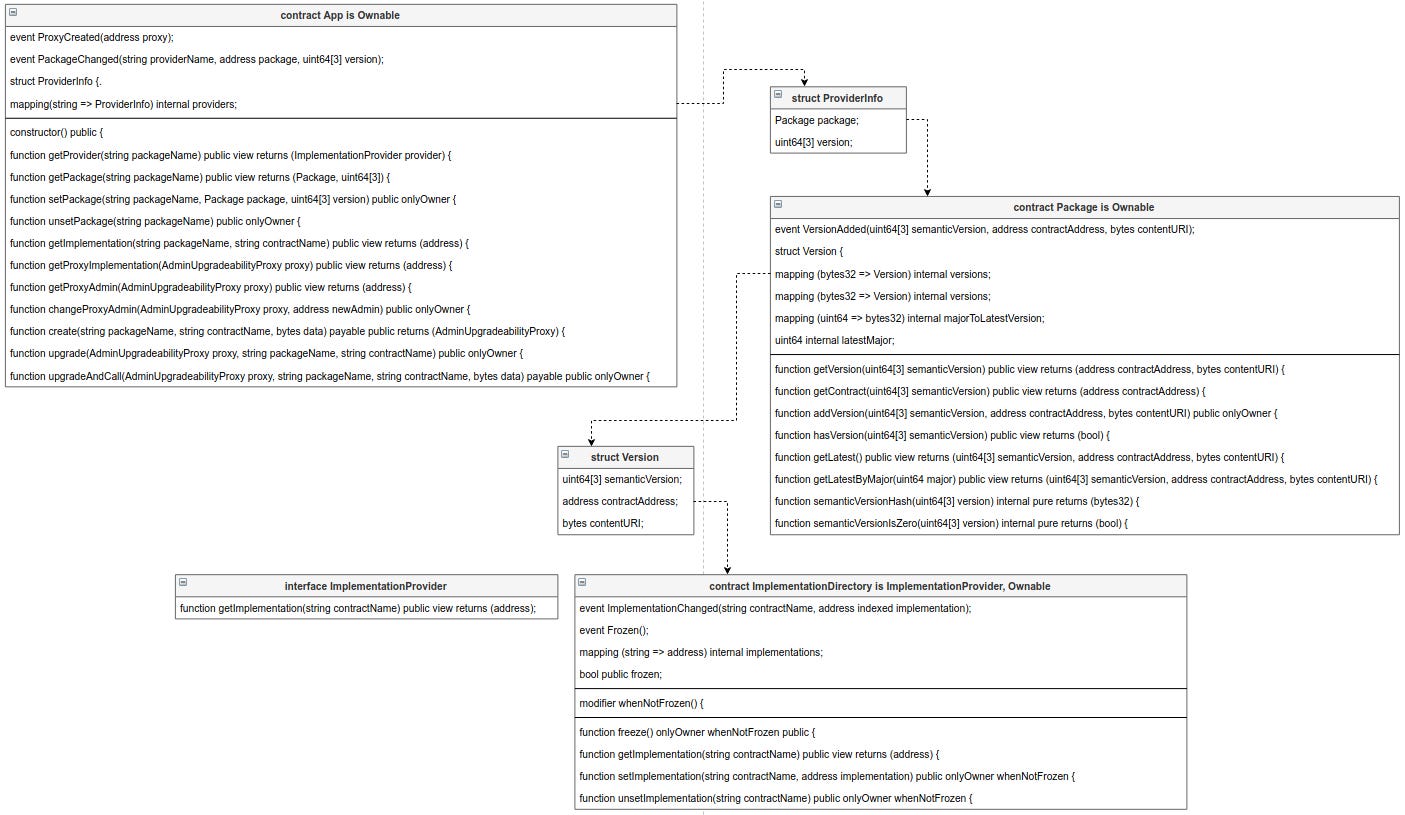

![Screenshot from Token Terminal showing market share, volume, and yield comparisons across major stablecoins] Screenshot from Token Terminal showing market share, volume, and yield comparisons across major stablecoins]](https://substackcdn.com/image/fetch/$s_!q3FU!,w_1456,c_limit,f_auto,q_auto:good,fl_progressive:steep/https%3A%2F%2Fsubstack-post-media.s3.amazonaws.com%2Fpublic%2Fimages%2Fcff9ea56-77b6-422e-8380-f522c081ed3a_2400x1350.jpeg)
